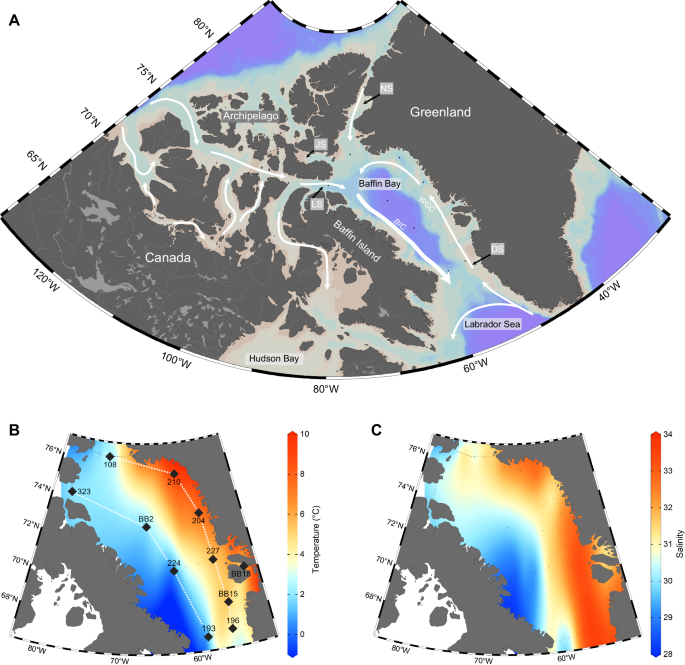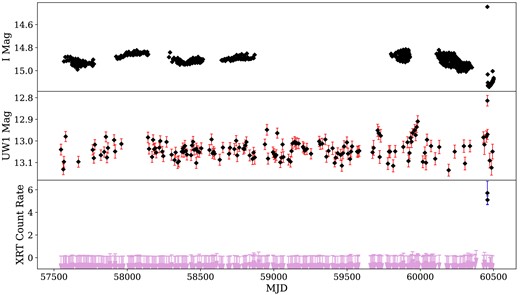2024-10-17 ノースカロライナ州立大学(NCState)
<関連情報>
- https://news.ncsu.edu/2024/10/speeding-up-crop-breeding-research/
- https://www.sciencedirect.com/science/article/pii/S0378429024002600
プロットスケールでの作物蒸発散のハイスループット生理学的表現型解析 High-throughput physiological phenotyping of crop evapotranspiration at the plot scale
Geng (Frank) Bai, Burdette Barker, David Scoby, Suat Irmak, Joe D. Luck, Christopher M.U. Neale, James C. Schnable, Tala Awada, William P. Kustas, Yufeng Ge
Field Crops Research Available online: 14 July 2024
DOI:https://doi.org/10.1016/j.fcr.2024.109507

Highlights
- High-throughput phenotyping of plant physiological traits such as ET at the plot-scale is difficult.
- We developed a new method to estimate plot-scale ET using high resolution phenotyping data.
- The method also used weather data, two-source energy balance, reference ET, and crop coefficient.
- Estimated plot-scale ET correlated strongly with corn and soybean grain yield with average R2=0.71.
- This study filled an important gap to enhance research in crop water use and drought response.
Abstract
Context
Platforms and instrumentation for Field High-Throughput Plant Phenotyping (FHTPP) are well developed to measure important traits for crop breeding and agronomic studies. However, the research has focused on morphological and spectral traits; and approaches to estimate major physiological processes such as evapotranspiration (ET) for small experimental plots are lacking.
Objective
In this study, we put forward a new analytical framework to estimate plot-scale ET by integrating frequent phenotyping data (multispectral and thermal infrared images, canopy reflectance, and LiDAR point clouds) from a FHTPP system (known as NU-Spidercam), the weather data, a simplified two-source energy balance model, and reference ET and crop coefficient calculation.
Methods
The new plot-scale ET method was tested on five field experiments involving maize and soybean crops over two growing seasons, with the different treatment levels of irrigation water. Estimated plot-scale ET was accumulated across the growing reason for each plot, and its association with grain yield was investigated with regression analysis.
Results
The result showed that plot-scale accumulated ET captured the seasonal trend of plot water use and clearly differentiated the irrigation treatments. Strong linear correlations were observed between plot-scale ET and grain yield, with R2 values ranging from 0.35 to 0.93 (average R2 = 0.71). Plot-scale ET appeared to be a more steady and stronger predictor of grain yield across the seasons than several other morphological and spectral traits including crop height, green pixel fraction, canopy temperature depression, and red-edge normalized difference vegetation index.
Conclusion
High spatial and temporal resolution of the field phenotyping data, along with the new analytical framework reported, successfully estimated ET at small plot scale, which is difficult to achieve with other systems or methods.
Significances
Our work of estimating ET at the plot-scale can be adopt to other ground-based platforms and drones, thus empowers physiologists, breeders, and agronomists for high-throughput phenotyping of water-use related traits and drought response evaluation.



